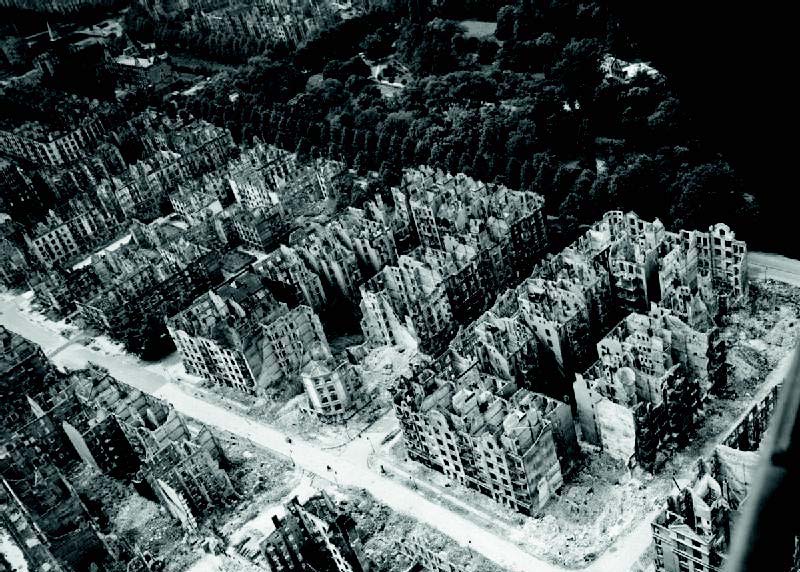The Second World War ruined cities and their importance for the expansion of the Black Redstart Phoenicurus ochruros in northern Europe
DOI:
https://doi.org/10.34080/os.v25.19601Keywords:
urban ecology, population expansion, ruins, passerine birdAbstract
This is a literature review and synthesis of the fate of the Black Redstart Phoenicurus ochruros in northern Europe from the Second World War and onwards. Before the war the Black Redstart populations in the UK and Scandinavia were at a seemingly constant and low level. During and after the war the bombed cities in Central Europe offered optimal habitat for the Black Redstart. Areas with grass and weeds arose in damaged cities and created rich food supplies, large amounts of insects, and also suitable nesting sites in uninhabited and abandoned ruins and housing structures in city centres. The number of Black Redstarts increased dramatically in several bombed cities during and after the Second World War and a clear change took place in the species distribution in northern Europe. From central Europe there was a synchronous dispersion of Black Redstart to other regions in Europe, like Britain, Denmark and Sweden. The sudden growth and spreading of the Black Redstart population after the Second World War represents an interesting example of the importance of core sites for the distribution and growth rate of some bird species in peripheral populations.
Downloads

Downloads
Published
How to Cite
Issue
Section
License
The copyright of each contribution belongs to the author(s), but all contributions are published under a Creative Commons license, so that anyone is free to share and reuse the contribution as long as the copyright holder is attributed.







